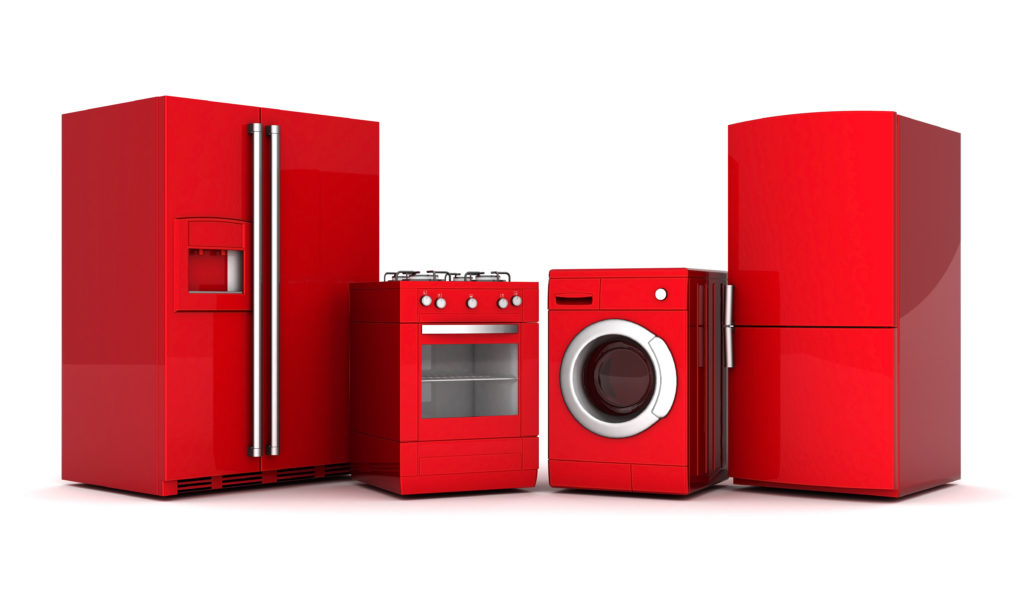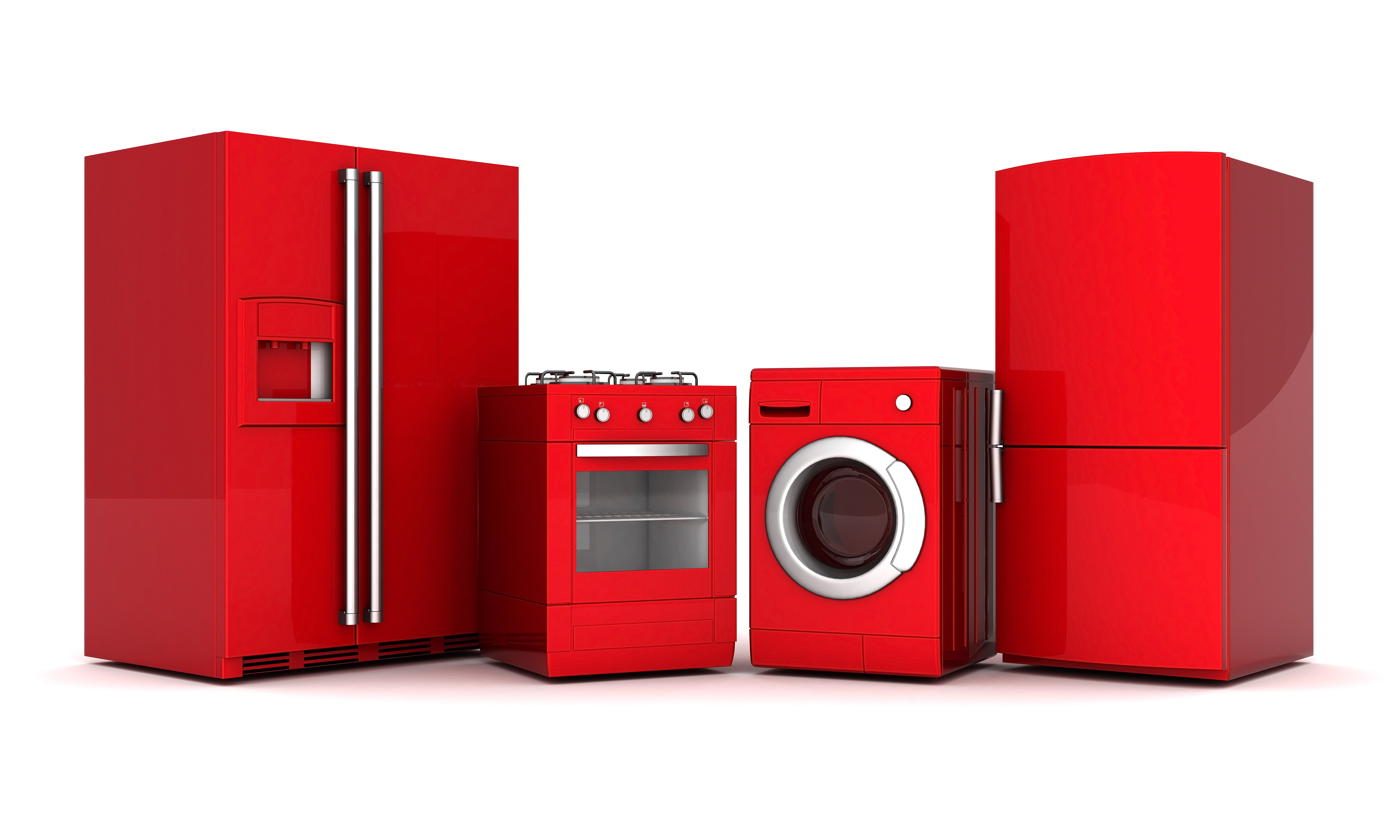Tips for Moving and Storing Large Furniture and Appliances
If you’re planning on moving out of your home or moving some items into storage, the process of packing up and getting everything out the door can be daunting. Unfortunately, nothing is more trying than attempting to move a large, cumbersome piece of furniture or appliance without damaging it, your walls, or your furniture.
Additionally, if you’re putting the item into storage, it’s important to know how to safely preserve the item for later use or sale.
Here are a few simple steps to help you successfully move and store your large furniture and appliances.
Clean the Appliances
Before you can unhook, move, or store your appliances, they must be cleaned. Clean appliances are less likely to rust and attract mice, insects, or other pests. Here are a few tips to help you easily clean some of the bigger appliances in your home:
- Washing machine. Clean off the interior and exterior of the washing machine with a damp rag. Clean out the detergent, fabric softener, and bleach reservoirs with a rag, as well. Leave the lid open, and allow the washing machine to dry for several hours.
- Dishwasher. Wipe the entire interior of the dishwasher with a damp rag. This includes any dispensers, shelves, and utensil basket. Clean off the exterior with a rag. Open the door and allow the interior to dry for several hours.
- Refrigerator. Unplug the refrigerator and remove all the food from the freezer and refrigerator. Remove any shelving, trays, or baskets, and clean them with warm, soapy water. Clean the interior walls and the exterior with soapy water. Leave the door open for at least one day to ensure all the moisture inside the fridge is evaporated.
- Stove. Clean off the exterior with soapy water. Remove any shelving, knobs, burner pans, or burners, and clean them with soapy water, as well. Dry the items and store them inside boxes. If the oven is self-cleaning, refer to the owner’s manual. If not, clean the oven’s interior with a commercial oven cleaner.
Check all your appliances’ owner’s manuals for any specific instructions on how to clean and care for that specific brand and model.
Clean the Furniture
Like your appliances, your larger piece of furniture should be cleaned before storage. To clean upholstered furniture, begin by removing any dust, dirt, or debris with the hose attachment of your vacuum. Choose a commercial cleanser that is specifically formulated for use on your furniture’s fabric type. It is especially important to use a specially-formulated product on leather.
Any larger wooden items should be cleaned with a product specifically formulated for the type of wood used to construct the piece. If the piece has shelves, remove all the items and shelves before cleaning. Apply a protective clear coat to wood items to prevent scratches during the move.
Moving Your Appliances and Furniture
Before moving your appliances, refer to the owner’s manual about how to disconnect any components or remove any necessary parts. If you’re not sure how to disconnect your appliances, contact a professional for assistance. Disassemble any larger furniture, if possible.
Once your furniture and appliances are ready to be moved, cover them with moving blankets or a comforter. Secure the moving blanket or comforter with straps or rope to help prevent them from slipping off. In addition to protecting your furniture and appliances, the moving blanket or comforter will protect your flooring and walls from damage.
Moving the furniture on a dolly or moving pad will be less stressful on your back and will also protect your flooring and walls from damage.
Storing Appliances
Now that your appliances are at the facility, it’s time to prepare them for long-term storage. It is important that the appliances are clean and dry to prevent an infestation. Spraying the interior and exterior of the appliances with an insecticide or a mouse repellent will deter any pests.
Place any hoses, smaller parts, or shelving that are not attached to the appliances in cardboard boxes or plastic totes. Remember to mark the boxes to make it easier to locate the parts and hoses later.
Storing Furniture
Properly storing all your furniture is critical in order to prevent potential pest damage and the damage that occurs while you arrange the pieces inside the unit. Keep your furniture covered with moving blankets, sheets, or a comforter to provide adequate protection. Avoid stacking heavy boxes or totes on top of your furniture to prevent scratches and damage, as well.
Placing the heavier, more cumbersome objects at the back of the storage unit will make it easier for you to access boxes or totes filled with items you will need more often, such as seasonal clothing or holiday decorations.
Properly cleaning, moving, and storing your furniture and appliances will help protect them during storage. If you have any further questions, contact North Star Mini Storage.



